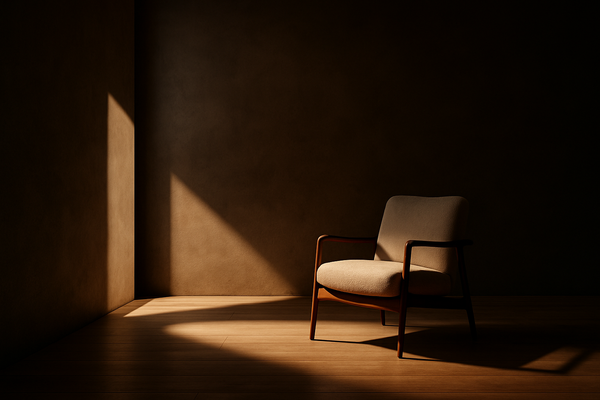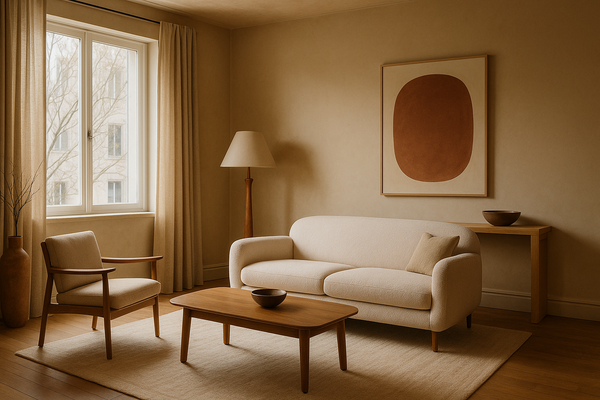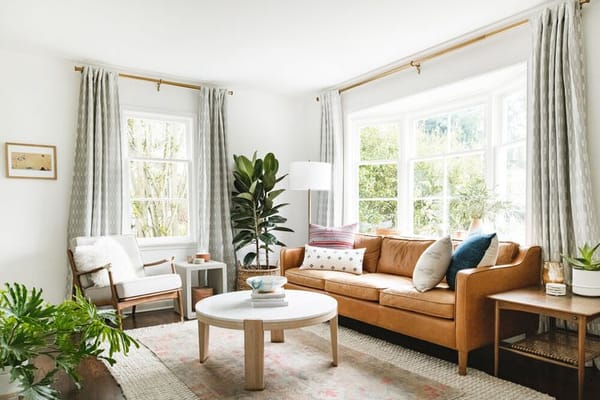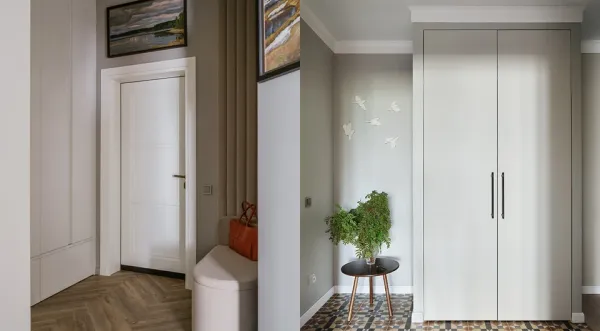Lesson 4: Japandi Style, Where East Meets Nordic Calm
Discover Japandi, a calm, minimalist style that blends Japanese harmony with Scandinavian warmth. Learn how to create quiet, beautiful spaces that feel grounded, simple, and deeply human.
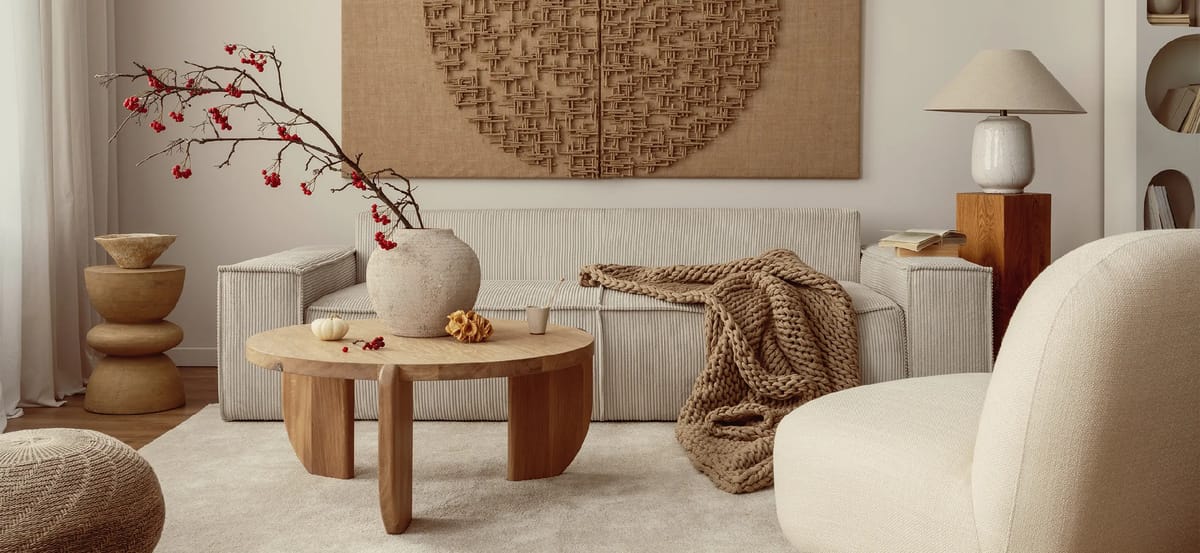
What is Japandi Style?
Japandi is a mix of two words:
Japanese design with its deep respect for simplicity, nature, and harmony, and Scandinavian design known for its warmth, functionality, and minimalism.
When you combine them, you get something quiet, thoughtful, and deeply beautiful. Japandi is not trendy, it's timeless.
Why Japandi Works
We live in a loud world. Our minds are busy, and our homes are often full of things we don't need.
Japandi is the opposite of that.
It's a design style that helps you slow down, breathe, and feel at home.
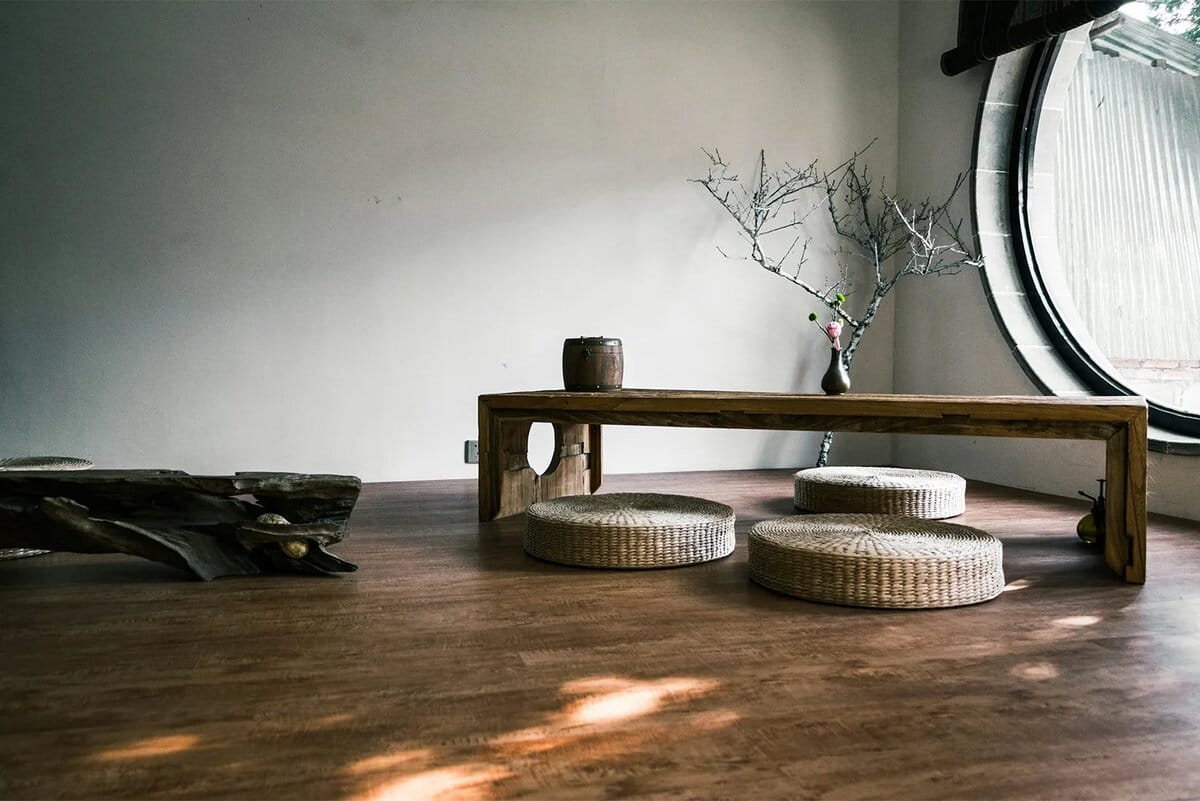
Core Values of Japandi
- Simplicity without coldness
- Natural beauty over perfection
- Function before decoration
- Calm, clean, and grounded
Materials Matter
Japandi loves real materials: wood, linen, clay, paper, stone.
Things that feel alive and age beautifully.
You'll often see:
- Light oak or ash (from Nordic design)
- Dark walnut or bamboo (from Japanese interiors)
- Handmade pottery
- Rough ceramics
- Tatami-style textures
The result? A space that feels earthy and human.
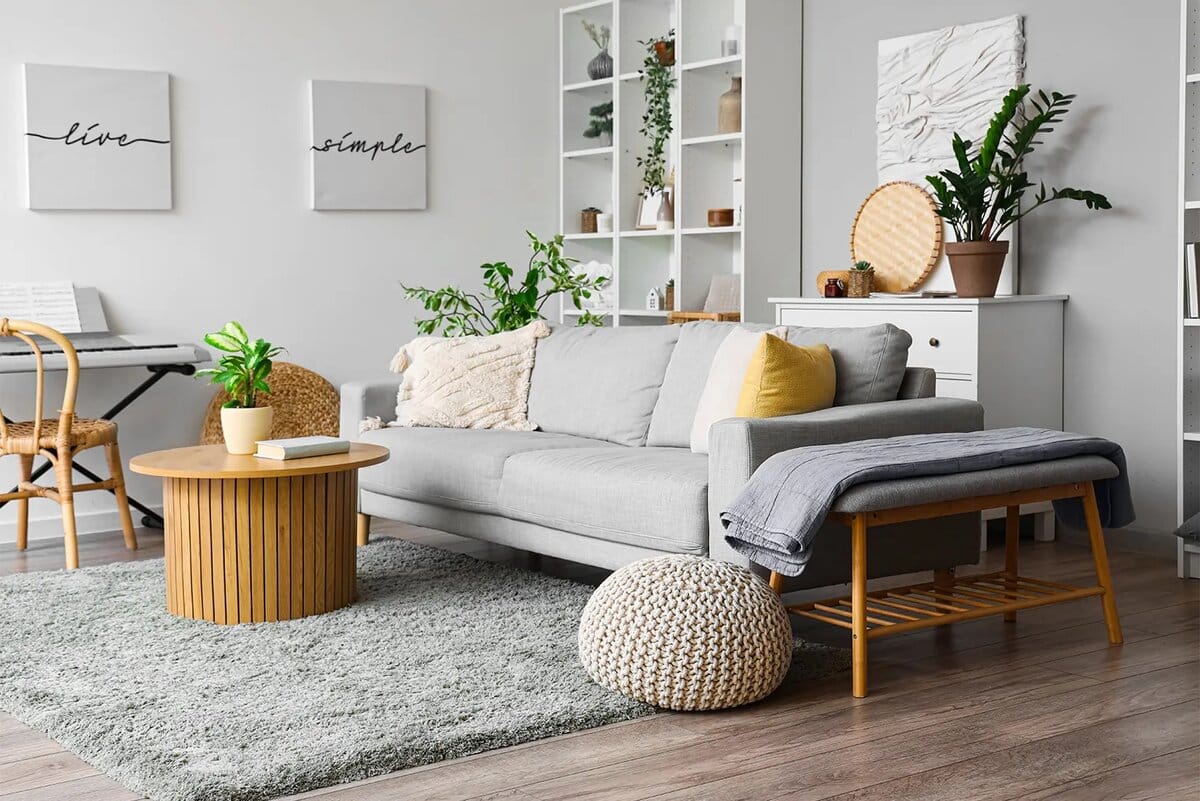
Japandi Color Palette
Forget loud colors. Japandi uses natural and muted tones:
- Warm neutrals: beige, taupe, soft white
- Cool grays, charcoal, stone
- Accents: sage green, rust, terracotta, dusty blue
It feels like nature, calm and peaceful.
Furniture: Form Follows Function
Japandi furniture is low, grounded, and clean-lined.
You won't find anything overdecorated.
- Low-profile sofas and beds
- Benches instead of chairs
- Built-in storage hidden in simple pieces
Its not about showing off, its about living well.

Decor: Less But Deeper
This is where Japandi really shines.
Instead of shelves full of objects, there's space.
One single handmade vase. A branch. A piece of artwork that makes you pause.
Every item has a reason to be there.
Not just pretty, meaningful.
Texture Creates Warmth
In a Japandi home, texture replaces clutter.
Think:
- Linen curtains
- Woven baskets
- A soft wool throw
- Hand-glazed pottery
- These details add warmth without noise
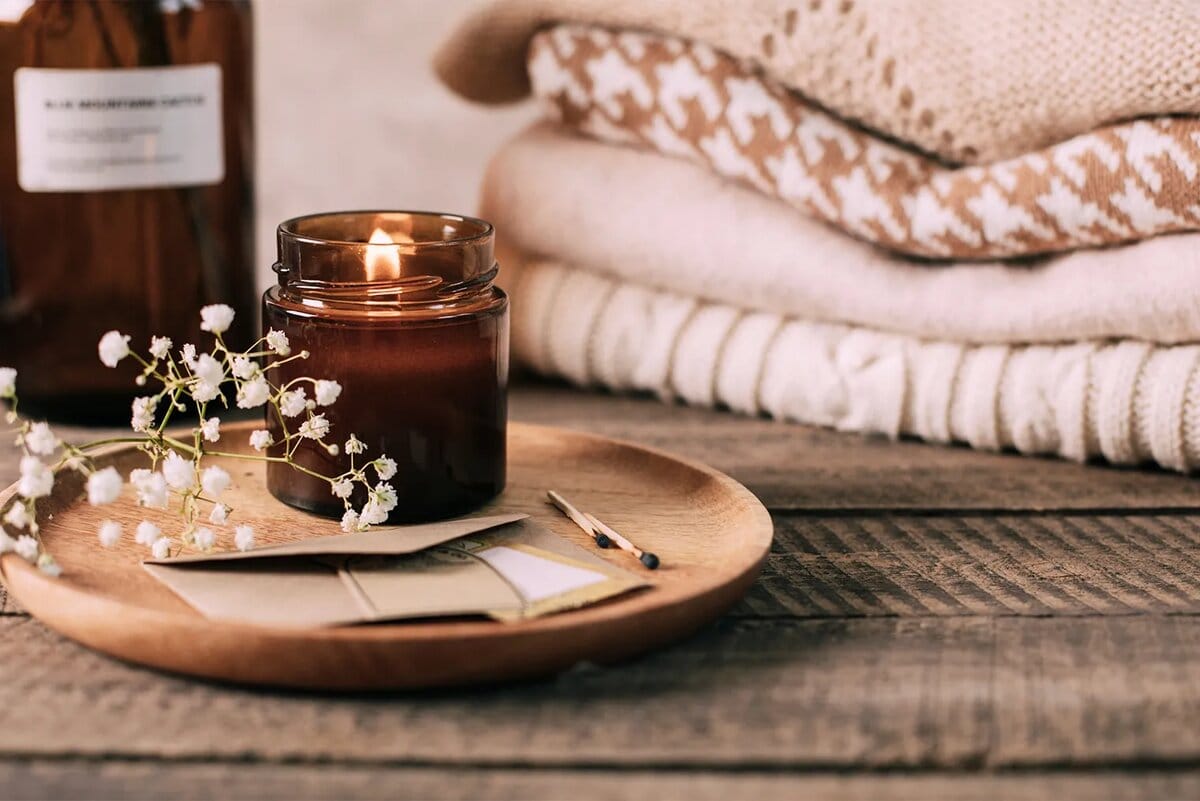
Air & Light
Japandi interiors feel open and breathable
Curtains are light or removed.
Windows are kept clear to let nature in.
Lighting is soft and warm, never harsh.
Wabi-Sabi Meets Hygge
Japandi also combines two ideas:
- Wabi-Sabi, from Japan, meaning beauty in imperfection and aging
- Hygge, from Scandinavia, meaning comfort and coziness
So your space can have:
- A slightly cracked ceramic bowl
- A wrinkled linen bedspread
- An old wooden stool with scratches
It's not messy, it's honest. And calming.
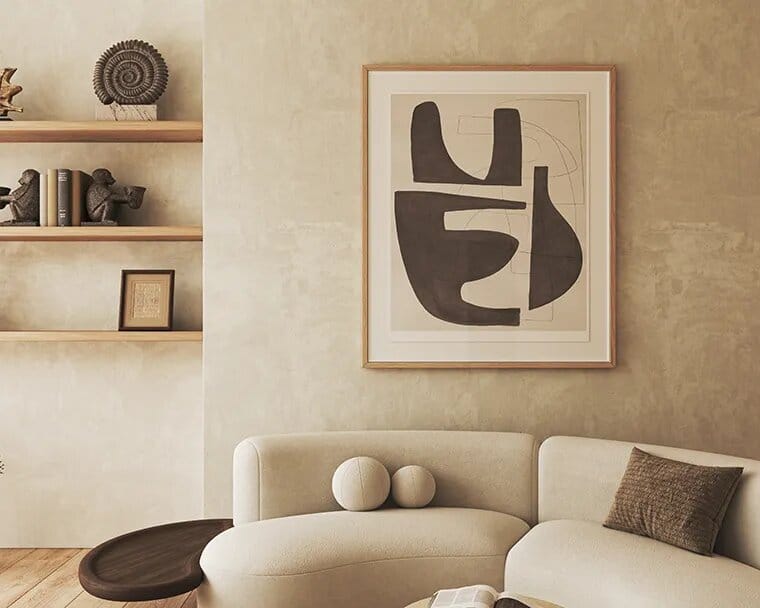
How to Bring Japandi Into Your Home
You don't need to start from zero.
Start small, and let your space evolve.
Here are easy changes:
1. Clear the clutter
Remove anything that feels heavy, loud, or pointless.
2. Switch to warm, neutral tones
Even just repainting one wall in soft beige makes a difference.
3. Add natural textures
Linen pillowcases, a woven tray, or a wooden side table.
4. Let light in
Open your curtains fully. Use warm light bulbs. Remove anything blocking the windows.
5. Add one piece of meaning
Not 20 decorations. Just one, something you love and that feels real.
Final Thoughts
Japandi is more than a style.
It's a way of living, slower, simpler, more grounded.
It invites you to create a space that calms your mind and supports your life.
You don't need to be perfect.
You just need to start with the interior.
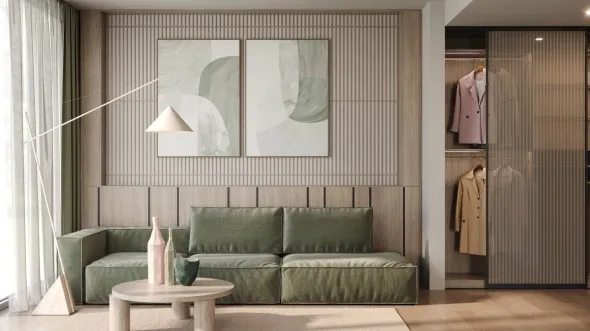
Summary
- Mix of Japanese and Scandinavian style
- Natural materials, muted colors, and low furniture
- Less clutter, more meaning
- Texture and light replace decoration
- Combines wabi-sabi (imperfection) with hygge (comfort)

